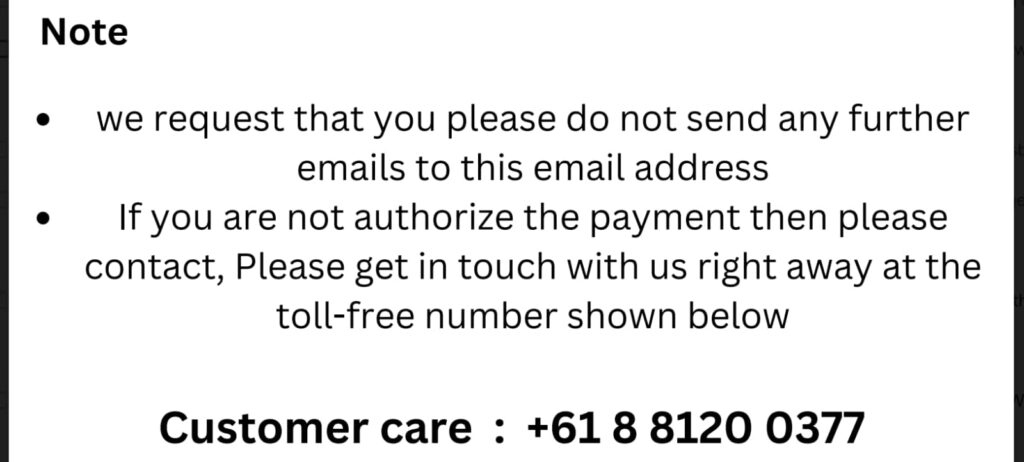Getting a receipt is no big deal most of the time, but when it’s something you didn’t order, that can be drama. And with some recent scams, that drama can snag your details.
Whether you realise it or not, money is coming out of your bank account all the time, though typically for things you’ve actively purchased. Your phone plan, internet bills, and other services are all vying for a piece of your budget, but you should at least ideally know about those bills.
It’s the bills that you have no idea about we typically get concerned about. You know the ones: a dollar figure for something you’re not aware of arrives, suggesting money has been taken out, and you need to be aware of it.
No one likes losing money for no reason, and it’s this feeling that scammers are targeting with more arrivals to inboxes lately, as dodgy receipts and invoices turn up suggesting you’ve lost some money. How does the scam work, and what will it do?

Fake invoices can lead to real details
It may well be a new year, but scammers are up to the same old tricks, as the playbook of prior years returns for another round, and criminals look to be convincing in as many ways as possible.
Recently, it’s with a fake invoice suggesting you’ve completed a purchase, and are about to part ways with actual money.
One of the emails received suggests $399 of Bitcoin was purchased, while others suggest software licenses and phones. It’s all a con, though, as scammers attempt to grift with lies and deceit.
But that’s all it is, and the fraudulent receipt is meant to lure you in to pick up the phone and call.
The con is in the call
Fake invoice scams may not say everything correctly, and the English won’t always be perfect, but they’ll typically have a variation of text suggesting if the order is wrong to call the business immediately.
One scam wrote it as:
"If you are not authorize the payment then please contact, Please get in touch with us right away at the toll-free number shown below"
While that language isn’t fantastic, the listing of the phone number is the con itself, asking you to call up and contest a payment that doesn’t exist.
Falling for this con is the equivalent of calling a scammer yourself, flipping the tables so that you call the scammer, rather than the opposite way that typically happens.
Once you call, the scammer will ask you for your credit card details to confirm your account, at which point you’ve given the scammer details to take advantage of.
How to beat an invoice scam
This sort of scam has popped up in a few incarnations over the years. We’ve seen invoices sent by text messages, semi-convincing PayPal invoices, and others like it, and scams like these will keep going because they work.
But you can beat a fake receipt scam by ignoring it, and not believing what’s on it.
While a lot of things will come out of your bank account and budget, ultimately you will should what you’re spending your money on, and what is supposed to come out.
If a receipt is telling you something that doesn’t make sense, question it, but check your bank statements first, and don’t call the number on the receipt. Calling one of those numbers pulls you into a trap, and in scams like this, ignoring these scammers is one of the better ways to beating them.







